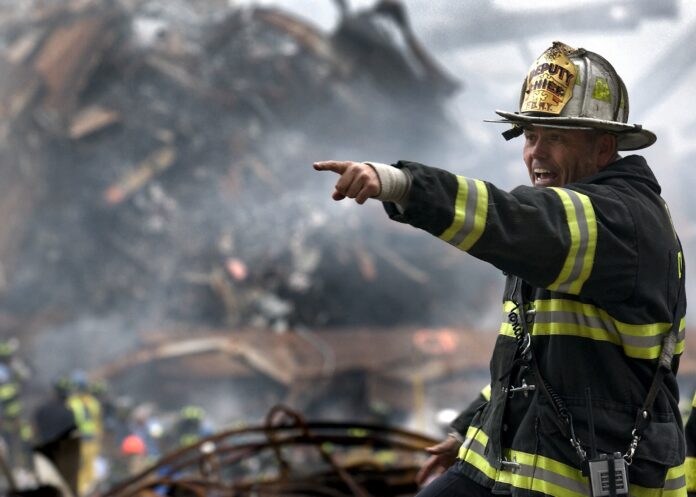Disasters such as hurricanes, earthquakes, and wildfires can cause significant damage to communities and infrastructure, resulting in devastating consequences. With the help of robotics and automation, however, disaster recovery and relief efforts can become more effective and efficient.
In this article, we’ll explore the role of robotics and automation in disaster recovery and relief, including their potential benefits and limitations.
Robots in Disaster Recovery and Relief
The use of robots in disaster recovery and relief efforts has been gaining popularity in recent years. From search and rescue missions to debris removal and reconstruction, robots are valuable assets in disaster recovery and relief. In this section, we’ll explore the different ways robots can be used in disaster recovery and relief efforts.
Search and Rescue
Robots have the ability to navigate through hazardous environments, which makes them valuable assets in search and rescue missions. Drones, for example, can fly over areas that are difficult for humans to access. On the other hand, ground robots can be used to search through rubble and detect signs of life. These robots can also carry supplies and equipment to assist in the rescue process.
Debris Removal and Reconstruction
Robots can also be used to help with debris removal and reconstruction. For instance, some robots can be equipped with heavy-duty tools to break apart debris. While others can be used to carry and transport debris to designated areas. These robots can also assist in the reconstruction process by 3D-printing building materials. Which can significantly reduce the time and cost of reconstruction.
Automation in Disaster Recovery and Relief
Automation can be defined as the use of technology to perform tasks without human intervention. In the context of disaster recovery and relief, automation can be used to manage logistics and supply chains. As well as building construction and repair.
Logistics and Supply Chain Management
Automation can be used to manage the logistics and supply chain during disaster recovery and relief efforts. For example, robots can be used to sort and transport supplies. While drones can be used to deliver supplies to hard-to-reach areas. Automated systems can also be used to manage the inventory and distribution of supplies.
Building Construction and Repair
Automation can also be used to assist in building construction and repair. Robots can be used to lay bricks and build walls. While other automated systems can be used to install electrical and plumbing systems. These automated systems can significantly reduce the time and cost of construction. While also improving the safety and quality of the construction process.
Challenges of Robotics and Automation in Disaster Recovery and Relief
While the use of robotics and automation in disaster recovery and relief efforts can bring many benefits. There are also several challenges that need to be addressed. In this section, we’ll explore some of the technical, regulatory, and ethical challenges that arise. With the use of robotics and automation in disaster recovery and relief efforts.
Technical Challenges
One of the main challenges of using robotics and automation in disaster recovery and relief efforts is technical issues. For example, robots may encounter difficulty navigating through complex environments or handling complex tasks. Additionally, robots may be affected by environmental factors such as dust, water, and debris.
Regulatory Challenges
There are also regulatory challenges associated with the use of robotics and automation in disaster recovery and relief efforts. These challenges include issues with privacy and data protection and also about the safety and security of the automated systems.
Ethical Challenges
The use of robotics and automation in disaster recovery and relief efforts also raises ethical concerns. For example, there may be questions about the ethical use of robots in search and rescue missions. As well as concerns about the impact of automation on the workforce and job opportunities.
Future of Robotics and Automation in Disaster Recovery and Relief
Despite the challenges associated with the use of robotics and automation in disaster recovery and relief efforts. There is no denying that these technologies have the potential to revolutionize the way we respond to disasters. In this section, we’ll explore the future of robotics and automation in disaster recovery and relief efforts.
Advancements in Robotics and Automation
The continued development of robotics and automation technologies is expected to improve their effectiveness and efficiency in disaster recovery and relief efforts. For instance, robots with greater mobility and dexterity may be developed to better navigate complex environments. While new materials and sensors may be developed to enhance the capabilities of automated systems.
Integration with AI and Other Technologies
The integration of robotics and automation with artificial intelligence (AI) and other technologies. Such as blockchain and the Internet of Things (IoT), may also enhance their capabilities in disaster recovery and relief efforts. For example, AI algorithms can analyze data from sensors and drones to identify areas that require immediate attention.
Conclusion
The use of robotics and automation in disaster recovery and relief efforts has the potential to significantly improve our ability to respond to disasters. While there are certainly challenges associated with the use of these technologies. There is no doubt that they have the potential to revolutionize the way we respond to disasters. By continuing to invest in research and development, and by addressing the challenges associated with the use of these technologies. We can create a safer and more resilient future.
As always ladies and gentlemen be sure to check out the Global Growth Forum for similar interesting articles. And for Hindi articles as always Mojo Patrakar.









